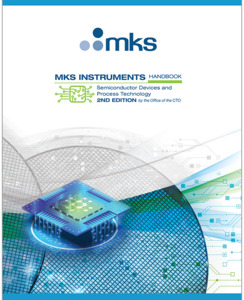P-N Junction Physics
Figure 1. The dependency of the electrical resistivity at 298K on the doping concentration.
The ability to continuously vary a semiconductor’s resistivity has only limited value when considered in isolation since a device composed of a single, doped semiconductor is simply a neutral, passive electrical component (i.e., a resistor). Rather, it is the combination of differently doped semiconductors with each other and with other materials that has leveraged the unique physical properties of semiconductors with the properties of more conventional insulators and conducting materials to create the solid state electronic devices that enable much of modern technology. The most basic of these devices is the P-N junction.
When p-type semiconductor and n-type semiconductor materials are placed in physical contact, the area around the contact (known as the junction) behaves differently than either of the two source materials. Figure 1 illustrates the unique electrical field and charge conditions that exist at a P-N junction along with the forces at play on the free carriers. In isolation, an n-type semiconductor material has a high concentration of free electrons while a p-type semiconductor has a high concentration of free holes. When the two materials are in contact, nature demands that the concentration of holes and electrons be the same throughout the two materials; this phenomenon is called diffusion. If electrons and holes were uncharged, neutral species, diffusion of holes and electrons would eventually make the local concentration of holes and electrons constant throughout the entire body of the joined p- and n-type materials. However, when electrons migrate from the n-type semiconductor to the p-type semiconductor and holes migrate from the p-type semiconductor to the n-type semiconductor, each type of carrier leaves behind fixed charges; positive in the n-type material (positive Group VA cations in the silicon lattice) and negative in the p-type material (negative Group IIIA anions in the silicon lattice). This sets up an electric field across the junction that eventually prevents further migration. The region over which the electric field extends is known as the depletion region; it is devoid of free carriers and acts as an insulator that prevents further diffusion of electrons and holes. A built-in electrical potential, VD, is created by the electrical field at the P-N junction; in the case of silicon this potential has a value of about 0.7 V.
Related Topics
Semiconductor Physics
Basic Device Structures
For additional insights into semiconductor topics like this, download our free MKS Instruments Handbook: Semiconductor Devices & Process Technology
Request a Handbook
 Ultra-High Velocity
Ultra-High Velocity